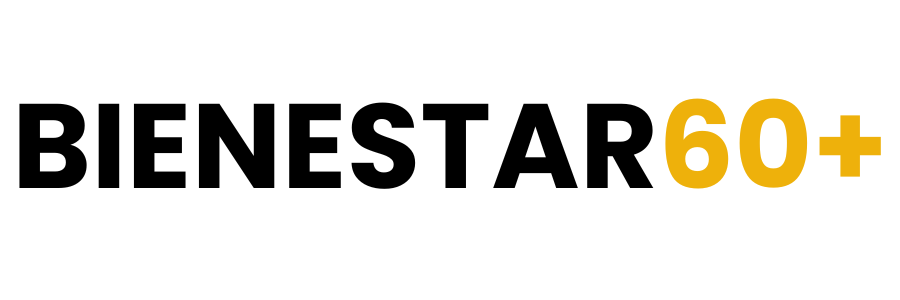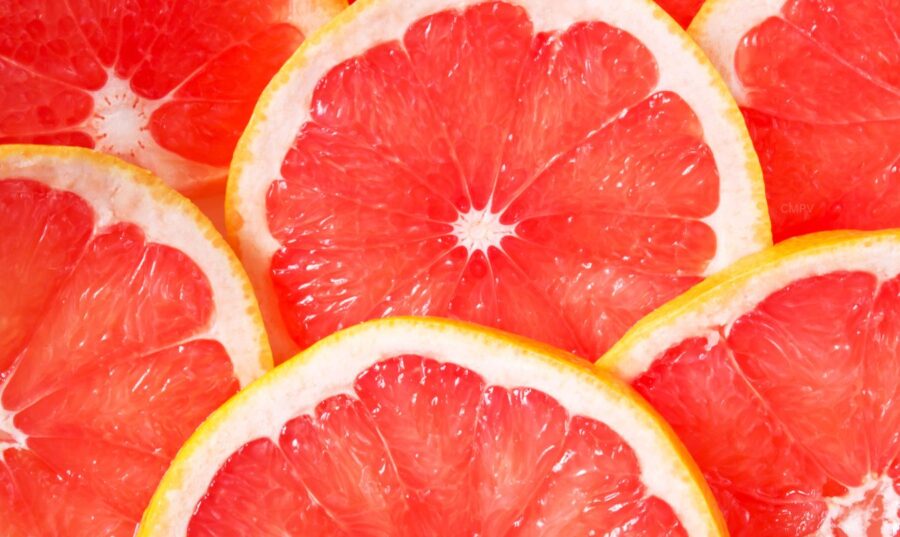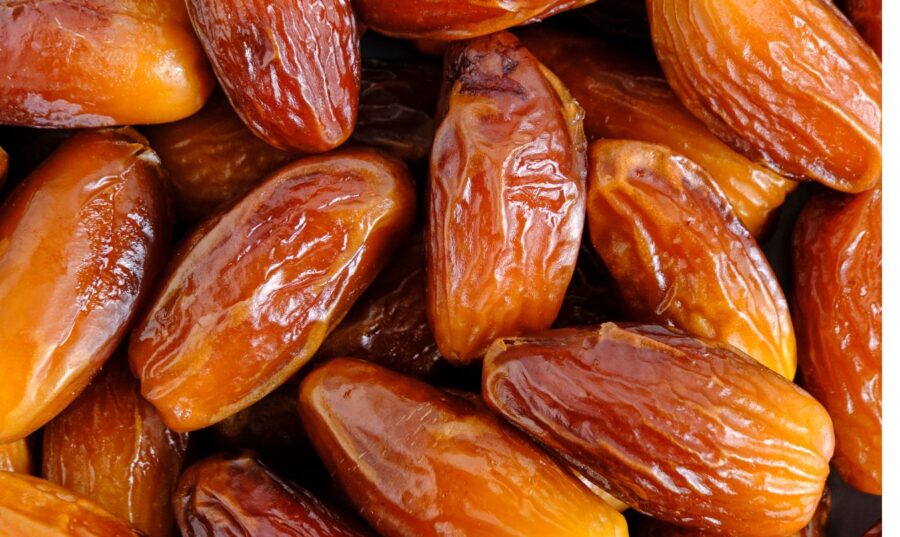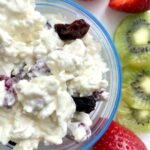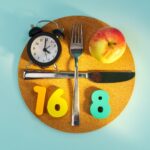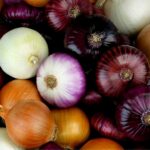|
Getting your Trinity Audio player ready...
|
Whole grain cereal is one that contains all the edible part of a cereal. In the life cycle of plants, the whole grain is the seed from which the plants grow. The nutrients in the seeds supply the first nutrition for the plant before the roots form.
Whole grain cereal contains three parts: endosperm, bran and germ. These parts together provide antioxidants, B vitamins, minerals, fiber, protein, carbohydrates, vitamin E and essential fats. Grinding grains to refine them removes the bran and germ, as well as much of the fiber, antioxidants, and other nutrients.
Food labels
The following terms they do not guarantee that a cereal product be whole grain: multigrain (multigrain), wheat bread (wheat bread), saved (bran), wheat germ (wheat germ), unbleached wheat flour (unbleached wheat flour), 100% wheat (100% wheat) or organic flour (organic flour). However, the two easiest ways to tell if a product is whole grain are:
- The first ingredient of the product is 'whole grain' (whole grain).
- The label has the Whole Grain Seal.
Three whole grain stamps are used in the United States and its territories. First, the basic seal indicates that the product has at least 8 grams of whole grain cereal per serving, but may contain more refined cereals than whole grain. The second, the 50%+ seal indicates that at least half of its ingredients are whole grain. For products to carry this seal, the minimum requirement is 8 grams of whole grain per serving on the label. Third, the 100% whole grain seal indicates that the product has at least 16 grams of whole grain cereal per serving and all of its ingredients are whole grain. Each seal also shows how many grams of whole grain ingredients are in a serving of the product. When you look at the stamped products on your supermarket shelves, you'll see a wide range of gram quantities.
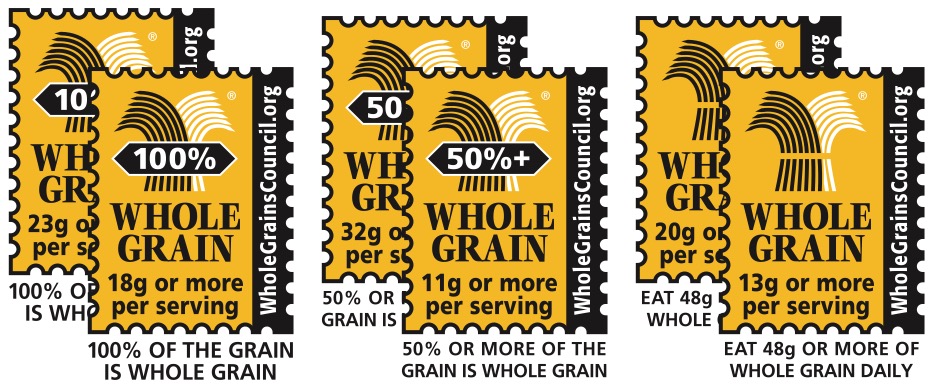
The recommended amount of whole grain per serving is 16 grams and the recommended daily amount is 48 grams. The key to adding it to your diet is not to make drastic changes. Increasing your consumption of whole grain cereals is not an easy task. Below are fourteen recommendations to get you started.
- Eat oatmeal for breakfast, preferably large flakes (old-fashioned oats). Add pieces of your favorite fruit for more fiber.
- Enjoy the popcorn (popcorn) as a snack, with very little or no margarine. Avoid adding caramel.
- Eat corn on the cob or corn kernels as a side dish.
- Mix your hot breakfast cereal with a whole grain cereal. Start with ¾ parts your favorite cereal and ¼ part the same cereal, but whole grain. Gradually add more whole grain cereal.
- Use whole grain breads, pita or tortillas for your sandwiches, burgers, hot dogs, wraps and tacos.
- Añade cebada, quinua, trigo farro or whole grain rice to soups and stews.
- Eat wild rice (wild rice) as a side dish.
- Add large flake oats to your smoothies.
- Substitute 1/4 of the refined wheat flour for whole grain wheat flour in the cookie recipe, muffins, pancakes or other baked goods. The remaining ¾ parts will be refined wheat flour. Gradually add more of the whole grain.
- Add wheat bulgur cooked, whole grain rice or barley to the mixture to stuff poultry and meats.
- Mix your favorite breading product with some whole grain. Gradually add more of the whole grain to the mixture. Use it to bread your favorite meats.
- Eat whole grain pasta.
- Enjoy crackers or whole grain bread in your snacks. Combine them with cheese, hummus or you dipfavorite.
- Add a little quinoa, wheat to your favorite salads farro either bulgur. Add a drizzle of basic balsamic vinaigrette (extra virgin olive oil, balsamic vinegar, maple syrup, Dijon mustard, garlic and salt).
Remember, gradually incorporating these changes into your diet will facilitate your progress. Small steps lead to long-term eating habits.
